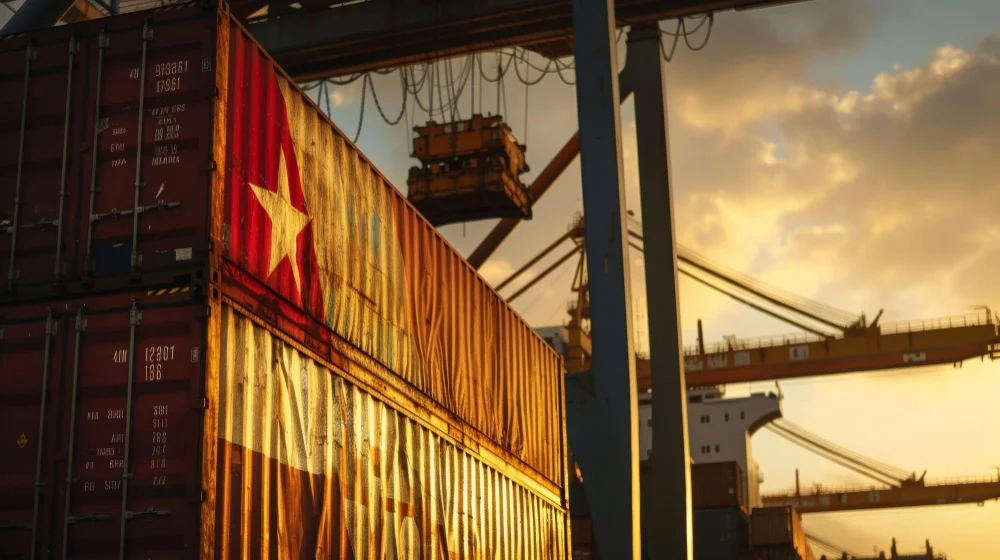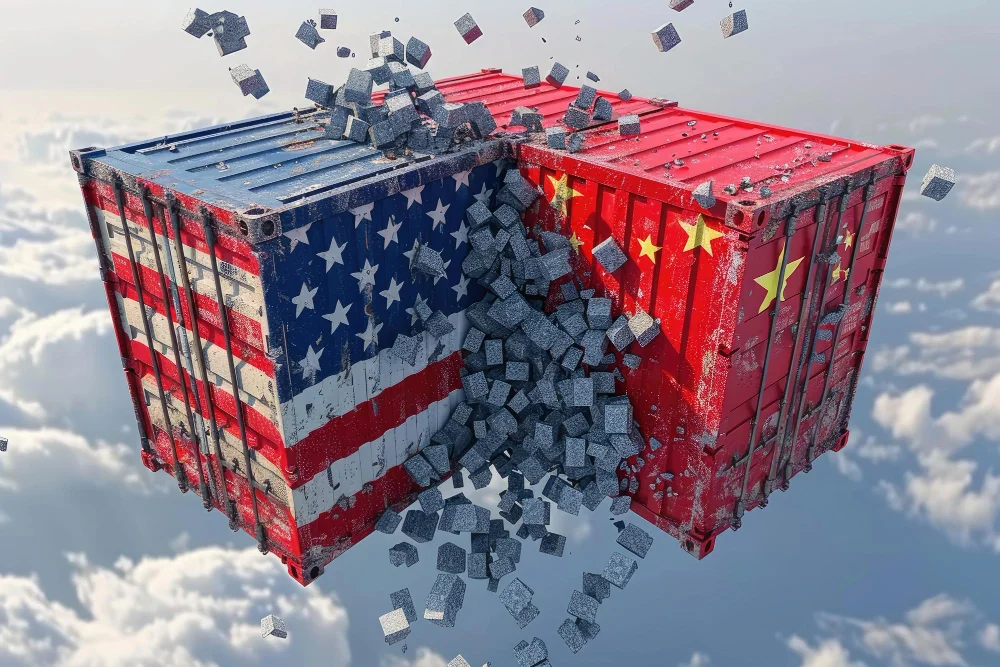Introduction
In recent years, Vietnam has emerged as a strong contender in global supply chains. Once seen as a peripheral player, Vietnam is now at the center of discussions on international manufacturing and logistics. Rising production costs in other regions and the ongoing U.S.-China trade tensions have encouraged companies to seek alternative manufacturing hubs. With competitive advantages like low labor costs, favorable trade agreements, and a strategic location, Vietnam stands as a promising destination. But what factors are driving this trend, and what challenges might lie ahead?
Vietnam’s Role in the Global Supply Chain
Vietnam’s place in global manufacturing has grown steadily. Known initially for its textiles and agriculture, the country now plays a significant role in electronics, automotive parts, and even high-tech sectors.
Key Sectors Driving Growth
- Electronics – Vietnam has become a key production hub for electronics, especially mobile devices and components. Major companies, like Samsung, have set up large facilities here, bringing jobs and technology advancements.
- Textiles and Garments – The textile industry remains one of Vietnam’s strongest sectors. It benefits from low labor costs and skilled workers, providing an edge in producing garments for international brands.
- Automotive Components – Though not yet a full-scale vehicle manufacturer, Vietnam has made strides in producing automotive parts. With a rise in foreign direct investment, this sector is growing quickly, aiming to compete with regional players.
Why Companies Are Moving Their Supply Chains to Vietnam
Several compelling factors make Vietnam an attractive choice for companies looking to relocate their manufacturing operations.
Cost Advantages
Labor costs in Vietnam are significantly lower than in China, which has led many companies to shift their manufacturing here. In addition to low wages, Vietnam’s government has worked to create an investor-friendly environment, reducing tariffs and simplifying regulations to attract foreign companies.
Strategic Location and Logistics Infrastructure
Vietnam’s location near major shipping routes makes it a prime choice for export-driven industries. Positioned close to China and other Southeast Asian nations, it’s easy for companies to transport goods regionally and globally. Vietnam is also investing heavily in its infrastructure, with new ports, airports, and highways in development to improve logistics and reduce lead times.
Trade Agreements
Vietnam’s commitment to open trade has led to multiple trade agreements that benefit companies operating within its borders.
- Comprehensive and Progressive Agreement for Trans-Pacific Partnership (CPTPP) – This agreement, which Vietnam is a part of, allows for reduced tariffs and better access to various markets.
- EU-Vietnam Free Trade Agreement (EVFTA) – This agreement with the European Union has opened new doors for Vietnamese exports to Europe, providing significant tariff reductions that benefit manufacturing.
Challenges and Risks of Relocating Supply Chains to Vietnam
Despite its advantages, Vietnam isn’t without challenges. Companies must weigh these factors carefully.
Labor and Workforce Challenges
Vietnam’s workforce is growing, but there are still limitations in skilled labor for high-tech industries. Training programs and educational reforms are underway, yet it will take time to develop a workforce fully equipped for complex manufacturing tasks. Additionally, with increased demand, labor costs in Vietnam may rise, potentially affecting its cost-competitiveness.
Political and Regulatory Issues
Vietnam is a stable country, yet some foreign companies have concerns about regulatory unpredictability. Adjusting to local laws and navigating licensing processes can take time, impacting companies’ speed to market. Furthermore, Vietnam’s Communist government structure differs from Western systems, creating an unfamiliar business environment for some investors.
Vietnam’s Future in Global Supply Chains
Vietnam’s role in global supply chains appears bright. The government’s focus on industrial development, combined with its push for trade integration, suggests continued growth in manufacturing.
Predictions and Growth Potential
Experts forecast that Vietnam will continue to attract manufacturers, especially those seeking to diversify away from China. The country’s growing middle class is also boosting domestic demand, which, in turn, encourages companies to establish and expand their presence here.
Key Reforms and Investments Needed
For Vietnam to reach its full potential, further improvements are necessary. Investments in education and vocational training will help build a more skilled workforce. Additionally, continued infrastructure development—ports, roads, and electricity networks—will be critical in maintaining Vietnam’s logistical advantages.
Conclusion
Vietnam’s journey to becoming a global supply chain hub is just beginning. With low costs, strategic location, and an expanding workforce, it has captured the attention of global companies. However, challenges remain, from regulatory nuances to workforce limitations. As Vietnam addresses these areas, it is set to become a central player in the future of global supply chains, providing a compelling alternative to traditional manufacturing giants.


